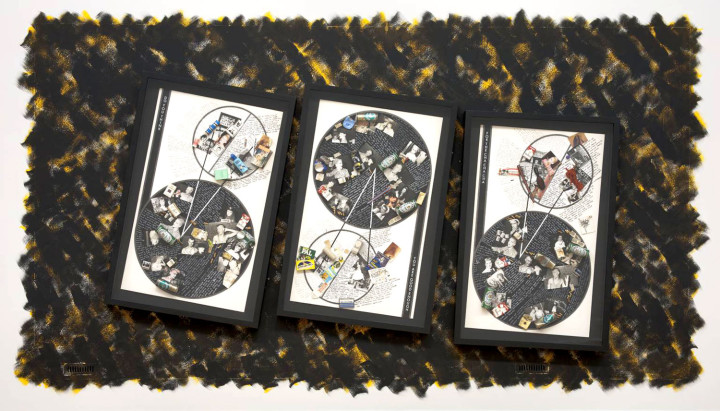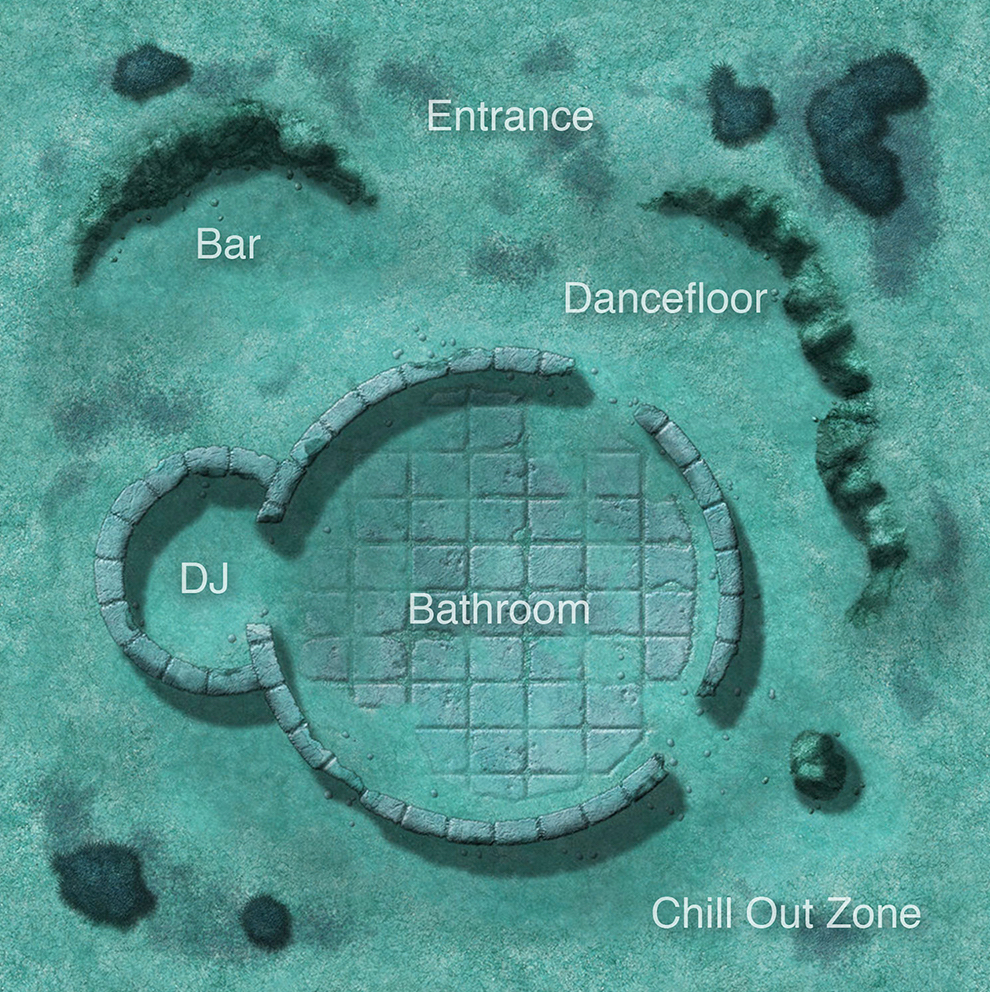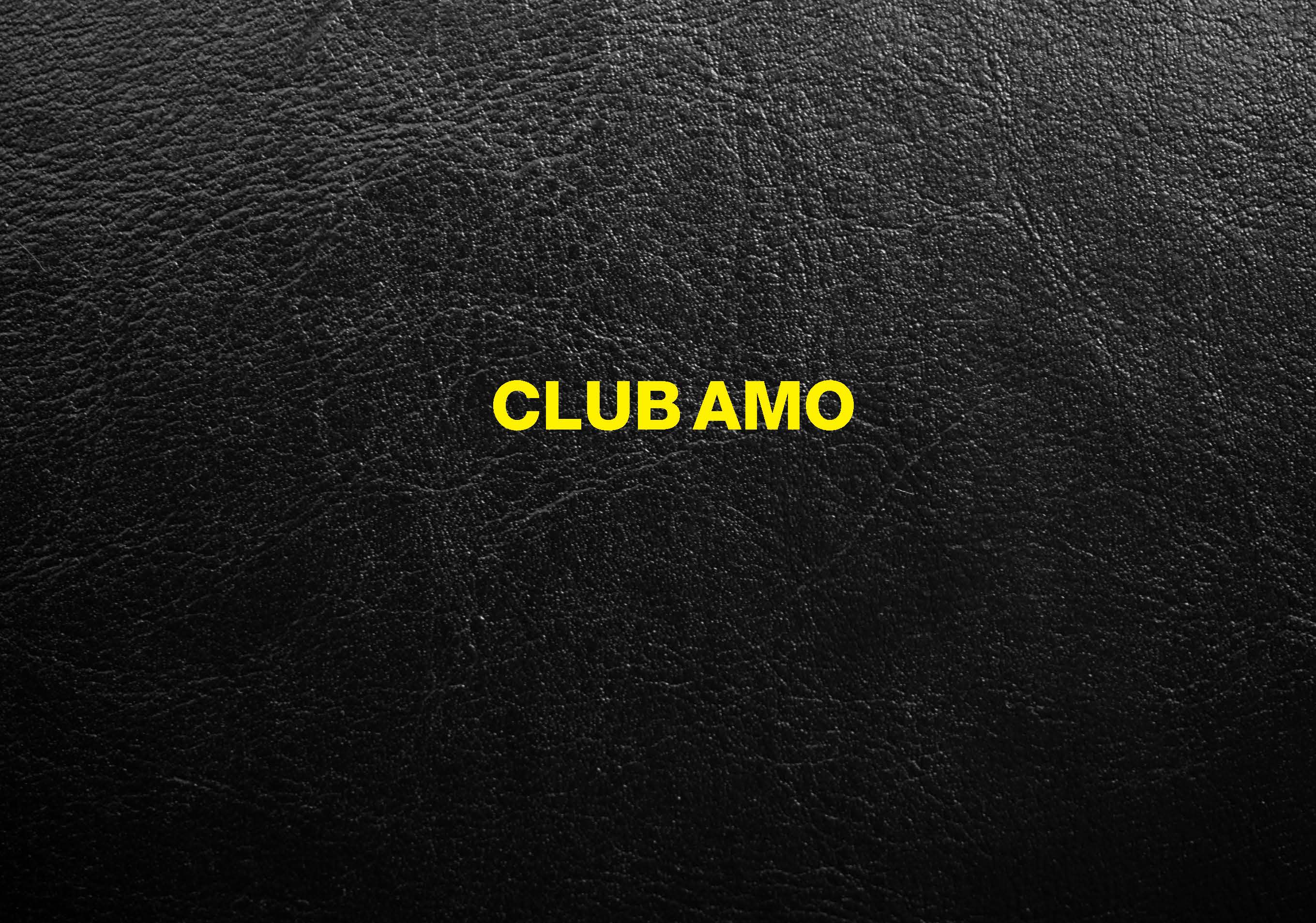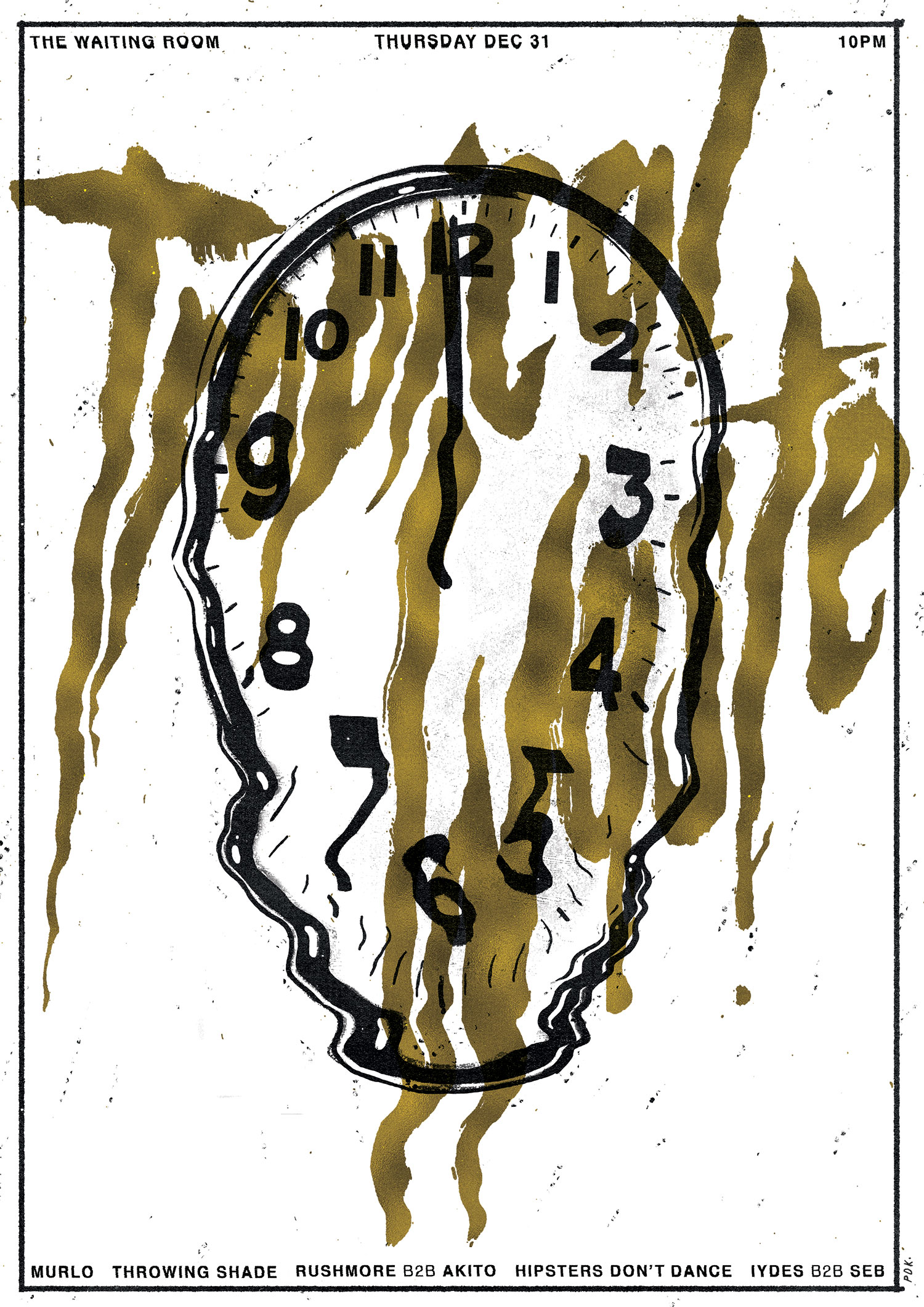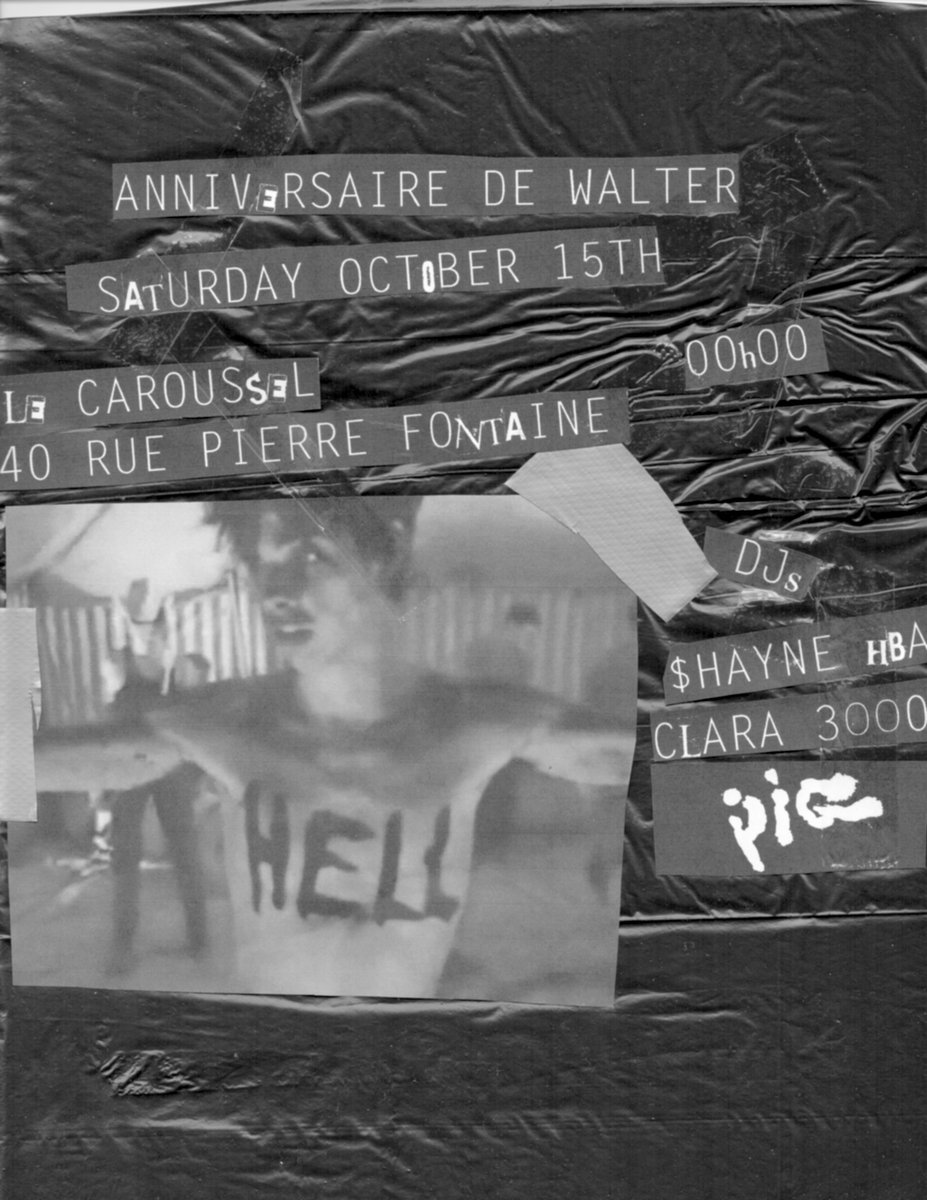
In 1981 my engagement with the culture of counter-consciousness, self-organization and DIY was stimulated by an accidental meeting on the Earls Court Road with an ex-student of mine, now a painter, named Kevin Whitney. This encounter led me into the world of the night emerging in London, centered on small, spontaneously created clubs. The scene was being fashioned by communities or individuals who felt alienated from the “normal society” that they associated with daytime, and who needed a context in which they were free to express their own sensibilities. Kevin told me he was just coming back from the Cha Cha Club, which was located in an old railway arch under Charing Cross Station. How he then went on to describe the club immediately opened up for me the prospect of a new area of representation in my work.
The Cha Cha Club was, in fact, one of the many private clubs that sprang to life in the early 1980s during a kind of post-punk fragmentation of sensibilities and codes, with different communities and groups creating their own environmental catalysts in which they could meet like-minded individuals and feel free and personally expressive. The individuals who initiated the private clubs usually did so by hiring the venue from another regular nightclub on one of its weaker evenings, changing the name for the night, and then asking all their own friends along, which resulted in the breaking down of social distinctions between organizers and members. Money was definitely not the prime motivation. Much more important was providing a context for the group to become a community and for the manifestation of something extreme through creative forms of self-identity: clothing, makeup, hairstyles, etc. These private clubs built up a capsule into which different groups such as the Mohicans, the Futurists, etc., could escape and forget about the rest of normal society.

The private clubs brought together distinct groupings of people dedicated, through displays of dress codes, attitudes, music, and so forth, to that particular context, often unaware of what was happening in other clubs. But the Cha Cha Club did seem special. Perhaps because of its central and romantic location, it drew individuals from diverse parts of London and its suburbs, there being a core of regulars around which a secondary group, transient but larger, came and went. In the context of the early 1980s, the club seemed to me to epitomize a force in cultural development that was important to a vision of the future, for it was articulating and refining the ethos and motivation of punk into a new culture founded on informal networks that were contextualized in their creativity to the sensibilities and priorities of participants. These networks, while in a state of alienation to the dominant culture of property and authority, operated as an ad hoc anarchic parallel network.
I am always looking for modern, contemporary symbols to embody in my work, to create an immediate and meaningful connection for the audience with the polemics of the world around them. Consequently I entered into a long relationship with the Cha Cha Club and, in particular, with Michael and Scarlet, who were its principal organizers. This is what I wrote in 1983:
When I first went to the Cha Cha Club I found the rough, tense atmosphere there very difficult to cope with, and it took me several visits before I felt confident enough to start photographing inside the club. The tension of the place was very similar to the feelings of tension and aggression I had noticed developing in the housing estates where I had been working, where people sensed things were going wrong for them but had no means to do anything about the situation. This tension in the Club was expressed in the way people dressed, all of which was highly individualistic, an outward manifestation of their psychological, sexual and intellectual states. In fact there was such a diverse variety of styles that this in itself was a code at one level, and a real explosion of creativity about “right now” on the other. During the weeks in which I was acclimatizing to the club and then later on when taking photographs there, Scarlet and Michael made a number of tape recordings at my studio, at first individually and later together, where they discussed the relationship of the club to their own lives.

My work Are You Good Enough For The Cha Cha Cha (1982) is structured between day and night over three panels, each dedicated to different aspects of the couple’s alienation: psychological, economic and cultural. In each panel the day is associated with determinism, which Michael and Scarlet were individually escaping from, and the night with the freedom they were seeking. [Stephen Willats, “Inside the Night,” Art Monthly, no. 62, December 1982–January 1983]
After about three visits to the Cha Cha Club, just taking photographs of the members, I started to collect the discarded rubbish from the floor to use in the work so as to present my audience with the club’s physicality. We then had a number of working sessions at my studio in which we jointly mapped out quotations from the transcribed interviews, which Scarlet then wrote directly onto the panels, and finally the rubbish was fixed on.
For two or three years after making the Cha Cha Club work I continued my nightly practice in London with more and more individuals with whom I had discovered the private club scene in 1981. But increasingly the landscape was changing; punk no longer felt relevant, having abandoned the front rooms of suburban housing estates and, in the process, becoming a commercial parody of itself, appropriated by the very forces of which it was so critical. A new area of super-normality seemed to be upon us all.

